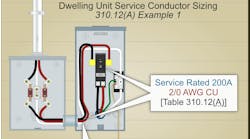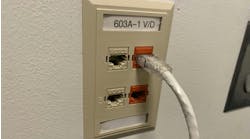Photo 100315827 © Siarhei Dzmitryienka | Dreamstime.com
A Class 1 circuit is that portion of the wiring system between the load side of the overcurrent device (or power-limited supply) and the connected equipment [100]. Article 725 of the National Electrical Code provides the requirements for Class 1 remote-control, signaling, and power-limited circuits in Part II. Highlights include:
- Circuits supplied from a source with a max output of 30V and 1000A are “power-limited” [725.41(A)].
- Class 1 circuits that are not power-limited cannot exceed 600V (no power limit on the source) [725.41(B)].
- For Class 1 circuits with conductors 14 AWG or larger, you cannot use the ampacity correction factors of 310.14 in the ampacity calculations for overcurrent protection [725.43].
- You must install Class 1 conductors per the requirements of Part 1 of Art. 300 and the appropriate article(s) in Chapter 3.
- If you run two or more Class 1 circuits in the same cable, cable tray, enclosure, or raceway, then you can mix AC and DC. However, that is true only if all conductors are insulated for the maximum voltage of any conductor in the cable tray, enclosure, or raceway [725.48(A)].
Sponsored Recommendations
Sponsored Recommendations




